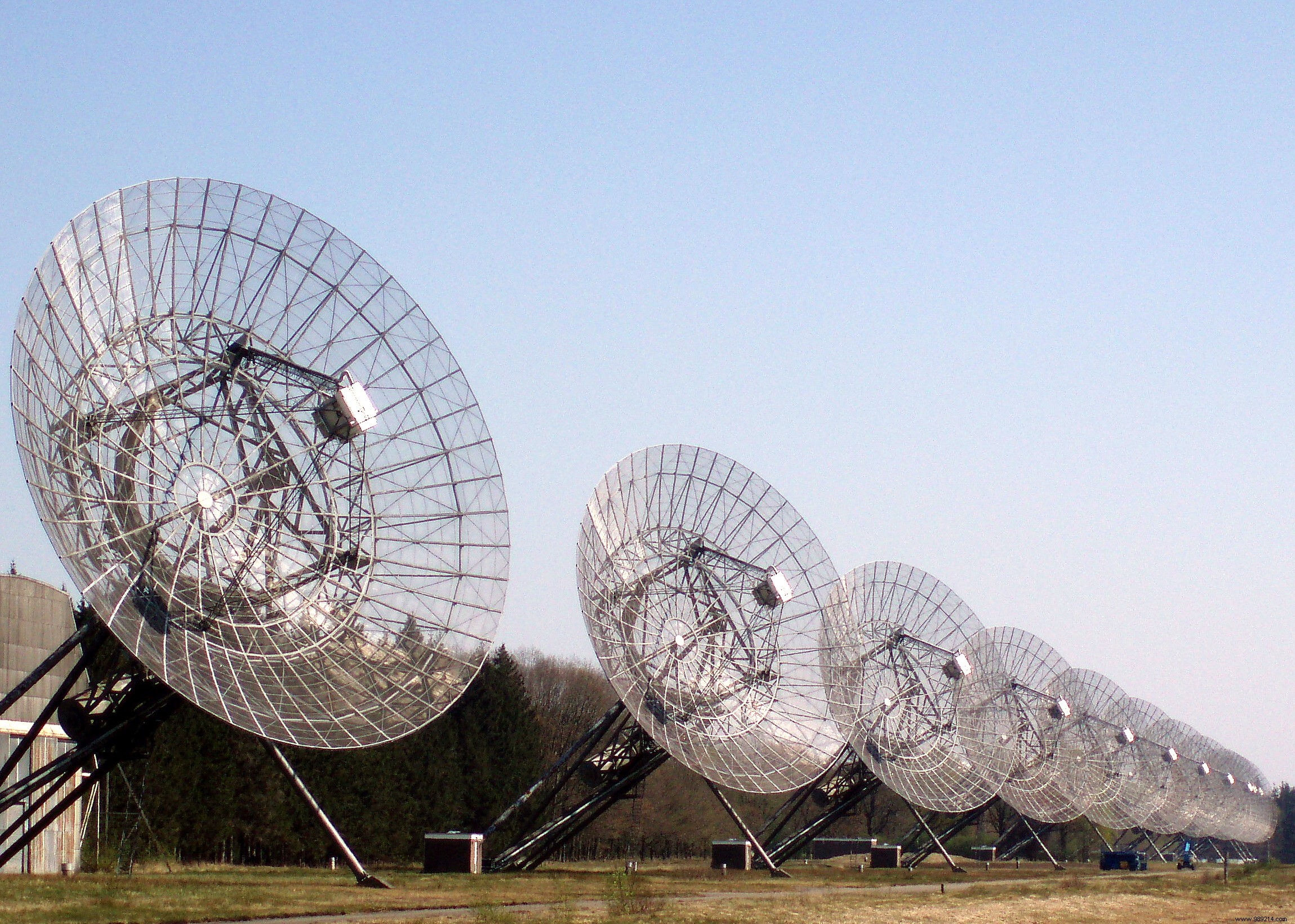Astronomers have relied on two of the world's largest radio telescopes to take a close look at the mysterious "colors" of a burst of fast radio bursts (FRBs). This work brings us a little closer to the origin of these signals.
Fast Radio Bursts (FRBs) are among the most energetic explosions in the cosmos. These signals, which last only a few milliseconds, can indeed illuminate space with as much energy as 500 million suns. Thousands of these signals pass through the universe every day, some reaching our planet. But where do they come from, exactly?
Invisible to our human eyes, FRBs only shine in radio wavelengths (hence their name), beyond the red edge of the visible spectrum. However, astronomers discovered that these flashes of light offered different radio wavelengths. Some of the shorter ones appear bluish to the "eyes" of radio telescopes, while the longer ones appear reddish.
In a recent study, the results of which are published in Nature, a team from the University of Amsterdam took a closer look at the radio "colors" of a repeated source of FRB. Roughly named 20180916B , it emits a burst of bursts in the direction of the Earth every about 16.3 days for about five days . Then, radio silence, then the cycle repeats. For their analysis, the researchers relied on the Low Frequency Array (LOFAR) and the Westerbork Synthesis Radio Telescope, both facilities located in the Netherlands.
A possible explanation for the predictable and repetitive schedule of this FRB suggested the involvement of a binary star system. In the idea, the source of the FRBs orbits around a companion, producing signals only at certain points in its orbit. In these systems, however, the companion star normally produces stellar winds. These electron-packed winds should then let most of the short wavelength "blue radio lights" escape the system, while the longer radio wavelengths (the red ones) should be blocked.

To test this hypothesis, the researchers looked at the reddish high frequencies with the Westerbork telescope and bluish low frequencies with LOFAR. If the binary pattern was indeed correct, only the blue frequencies should therefore be received. However, the telescopes have detected red AND blue radio frequencies emanating from the FRB , but never at the same time.
“We saw two days of bluer radio bursts, followed by three days of redder radio bursts “, Details Inés Pastor-Marazuela, lead author of the study. “We therefore now rule out binary patterns as a possible origin of these FRBs ". This discovery indeed suggests that the environment around this FRB is therefore likely "bare", meaning that there are probably very few stellar winds preventing the redder frequencies of light from escaping.
The team eventually determined that these radio bursts were likely the result of a slowly spinning magnetar . As a reminder, magnetars are very dense and highly magnetic neutron stars cramming the mass of a sun into a sphere a few kilometers in diameter. As this rotates slowly, its magnetic field could shine towards Earth every two weeks or so, creating the repetitive FRB observed.